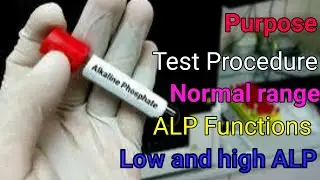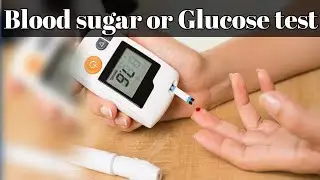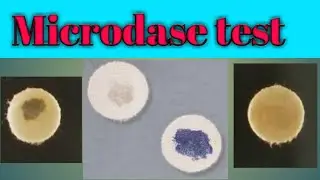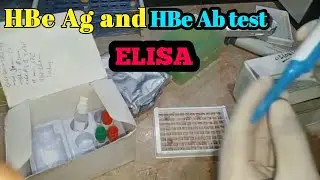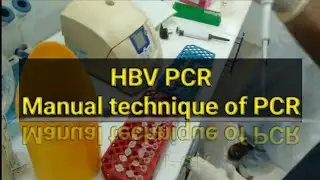blood Bleeding time test: Duke's and Ivy’s method: blood coagulation profile lecture 2
this is the 2nd video lecture regarded to blood coagulation profile
in this video lecture we will explain bleeding time
in this video lecture we will explain the following content related to this lecture
1. Introduction
Bleeding time is a medical test that measures how fast small blood vessels in the skin stop bleeding.
The bleeding time test is used to evaluate how well a person's blood is clotting.
The test evaluates how long it takes the vessels cut to constrict and how long it takes for platelets in the blood to seal off the hole.
2. Methods
Duke’s method (used in infant and children)
Ivy’s method (standard method)
3. Requirements
Sphygmomanometer
Lancet or template
Circular filter paper
Stop watch
Gloves
Alcohol swab
4. normal range
Duke’s = 2-7 minute
Ivy’s method (lancet)= 2-7 minute
Ivy’s method (template)= 3-10 minute
5. Procedure of Duke’s method
Clean the site with alcohol swab where puncture is made having rich capillary (ear lobe or pulp of the finger or heel).
Puncture the site 1mm deeply using lancet so that the blood will flow and start the stop watch.
After every 20-30 sec blot the blood drop using filter paper until the bleeding stop.
Once the bleeding stop then stop the stopwatch and note the time which is bleeding time.
Procedure of Ivy’s method
Apply the sphygmomanometer cuff to the arm as used for BP estimation.
Apply the pressure on cuff to 40 mmHg and maintain it throughout the test.
The volar surface having no visible veins are clean using alcohol swab and make two incision of 4-8 mm long and 1 mm deep.
Let the blood flow out freely and start the stopwatch.
After every 20-30 sec blot the blood drop using filter paper until the bleeding stop.
Once the bleeding stop then stop the stopwatch and note the time which is bleeding time.
6. Precaution
The platelet count should be checked before the test. If the platelet count is less than 5 ×109 than don’t perform BT.
Not more than 1 mm deep incision should be made
Selected skin area for puncture should be clear of visible vein.
7. Main causes of prolong and shortened BT
Afibrinogenaemia.
Aspirin ingestion.
Thrombocytopenia.
Von willebrand disease.
The shortened BT is occur due to mistake in technique.
all hematology video lectures
• Hematology test lectures
all virology video lectures
• virology lectures
lecture on all culture media used in microbiology
• Lecture or playlist of all culture me...
all biochemical test video lectures
• All biochemical test video lecture
lectures on physical barriers of innate immune system
• Lectures of physical barriers of inna...
lectures on antibiotics
• antibiotic vedio lectures
Lectures on cell biology
• cell biology lectures
lectures on antiviral drugs
• antiviral drugs
lectures on antifungal
• Anti fungal video lectures
lectures on celiac disease
• celiac disease videos lectures
lectures on life cycle of basic viruses
• life cycle of basic viruses
lectures on chikungunia disease
• Lectures or playlist of chikungunya d...
lectures on DNA replication in prokaryotes and eukaryotes
• DNA replication in prokaryotes and eu...
lectures on recombinant DNA technology
• Lectures of Recombinant DNA Technolog...
lecture on B. Cell biology
• B cell biology lectures
lecture on T. Cell biology
• T cell biology lectures
lecture on eukaryotic translation (protein synthesis)
• Playlist or lectures of Eukaryotic tr...
lecture on prokaryotic translation (protein synthesis)
• Lectures on Translation in prokaroyotes
immunology lectures
• Immunology lectures
lectures on complement system
• Lectures or playlist of complement sy...
lectures on antibodies
• Antibody lectures
lectures on inflammation
• Inflammation lectures
lectures on hypersensitivity
• Hypersensitive lectures
all cytokine lectures
• Lectures on Cytokine














